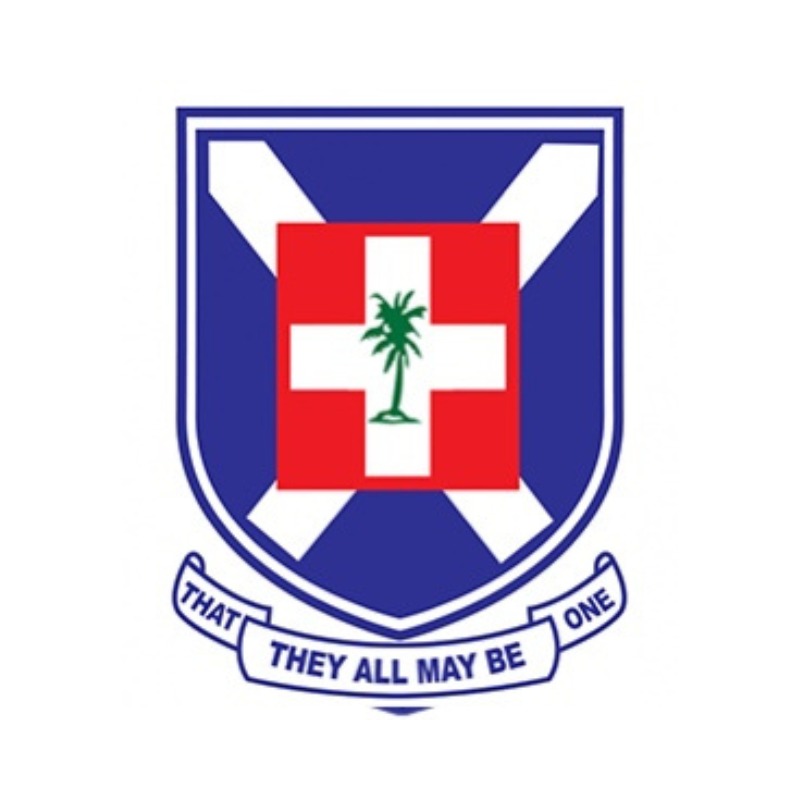What Tradition
do I belong to?
Objectives of the Lesson
At the end of this Lesson, the participant will:
- Know how the Protestant Reformation started
- Understand some of the basic teachings or pillars of the Reformed Tradition.
Introduction
Martin Luther and the 95 Theses
Up to the 16th century, the Catholic Church was the only Church in Europe. The Number of Bibles was limited and it was only the priests and monks who could read it and interpret it for all.
Some of the teachings along the line became distorted with time. Martin Luther, a Catholic monk and professor, wrote down 95 questions he wanted to discuss with the Church leadership regarding some Biblical interpretations.
He posted these questions called the “95 Theses” on the Church door in Wittenburg, Germany in 1517.
The Church door is normally used as the bulletin board of the town, where those who want to raise issues for discussion will normally post their ideas.
The Catholic Church was not happy and tried to stop the reformation that Martin Luther was asking for. However this protest and theses (aided by the then new technology of printing) spread through Europe and eventually led to the formation of the Protestant or Reformed Church.
The Presbyterian Church traces its history to this action by Martin Luther. We learn in Titus 1:9 that we must hold firmly to the message that can be trusted.
John Calvin
John Calvin (1509 – 1564) was born in France and he received the best education of his time. He was a lawyer who trained for the Catholic priesthood, but later converted to join the Reformation Movement and became a theologian and a minister.
He did most of his writing from Geneva, Switzerland, and from there the Reformed movement spread throughout Europe. He held a very high view of scripture and sought to develop all his theological views based only on the Word of God. He wrote what he called “The Institute of the Christian Religion”.
In this book he gave a very good expression of the Reformed faith. The Presbyterian Church today finds its theological roots in the writing of John Calvin. We learn in Titus 1:9 that we must hold firmly to the message that can be trusted.
Main Message: The Reformation was important to ensure that the Word of God is preached without misinterpretation.
After reading the information and watching the video, go to the quiz for this topic and check your understanding and newly found knowledge
Now go to the Puzzle to have some brain excercise to make you grounded in this topic. when you are not sure about anything, come back to the text or rewatch the video as a reminder.
Exploration
Contribution of Martin Luther
- From the account on Martin Luther, what was his main concern?
- Problems with Biblical Interpretations – Some teachings became distorted with time.
- Read Titus 1:9. State and explain how the verse agrees or disagrees with the contribution of Martin Luther?
- The verse was admonishing the reader to hold fast to the trustworthy message as it has been taught in order to encourage others by sound doctrine and refute those who oppose it.
- Martin Luther was concerned about the message being distorted and knew something had to be done to change the situation
Contribution of John Calvin
- From the account on John Calvin, what was his main aim?
- To develop all his Theological views based only on the Word of God.
- Read Titus 1:9. State and explain how the verse agrees or disagrees with the contribution of John Calvin?
- The verse was admonishing the reader to hold fast to the trustworthy message as it has been taught in order to encourage others by sound doctrine and refute those who oppose it.
- John Calvin desired to base his theological views only on the Word of God. This means there will be no room for distortion of the message.
The Key Teachings of John Calvin
- The teachings of Calvin were captured in the five “solas” popularised during the Protestant Reformation.
- The word “sola” is the Latin word for “only” and was used in relation to the five key teachings that defined the Biblical pillars of Protestants.
- These are:
SOLA SCRIPTURA (SCRIPTURE ALONE)
This means that our way of life and worship must be based only on what the Bible teaches
SOLA FIDE (FAITH ALONE) (Ephesians 2: 8-9)
This means that you are saved solely through the faith you have in Jesus Christ.
SOLA GRATIA (GRACE ALONE) (Ephesians 2: 8-9)
This means that we are saved only by the Grace of God
SOLA CHRISTO (CHRIST ALONE) (Ephesians 2: 8-9)
This means that Jesus Christ Alone is our Lord, Saviour and King.
SOLA DEO GLORIA (TO THE GLORY OF GOD ALONE)
This means that we live for the Glory of God Alone.
